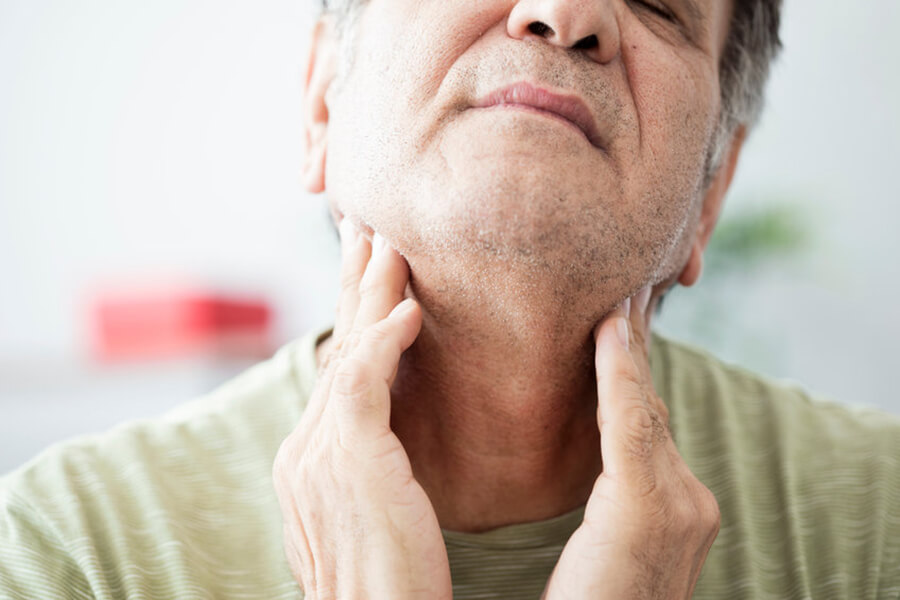If you chew tobacco or smoke, drink heavily, have human papillomavirus (HPV) or spend a lot of time in the sun without sunscreen, you’re more likely to develop oral cancer. Your risk increases with age (the average age of diagnosis is 62) and being male doubles your risk.
Oral cancer can develop on the tissues lining the mouth or gums, under the middle and front of the tongue and inside the cheeks.
Symptoms of oral cancer
The symptoms of oral cancer vary from person to person, but generally they include:
- a white or red patch in the mouth
- difficulty chewing or swallowing
- a lump or sore area on the lips or in the mouth or throat
- a sore or ulcer that bleeds or doesn’t health
- difficulty moving the jaw or tongue
- unexpected weight loss
- lumps, pain or tenderness in the mouth or on the lips
Don’t panic if you experience these symptoms though. They could also be symptomatic of another condition, such as allergies or a simple infection.
Best practices for prevention
While avoiding tobacco and using sunscreen on the lips is vital, there are other things you can do to avoid your risk of oral cancer.
- If you drink alcohol, limit your intake.
- Exercise regularly.
- Take good care of your mouth and gums.
- Visit your dentist regularly for checkups.
- Consume healthy foods.
Detecting it early
Like other cancers, catching oral cancer early is important because it increases your survival rate. Getting a diagnosis early can help prevent the cancer from spreading to surrounding tissues and reduce the need for extensive surgery.
If you do develop cancer, a combination of therapies, such as chemotherapy and radiation, can be very effective.
In the United States, nearly 50,000 new cases of oral cancer are diagnosed each year, making up about 3% of all cancer diagnoses.

